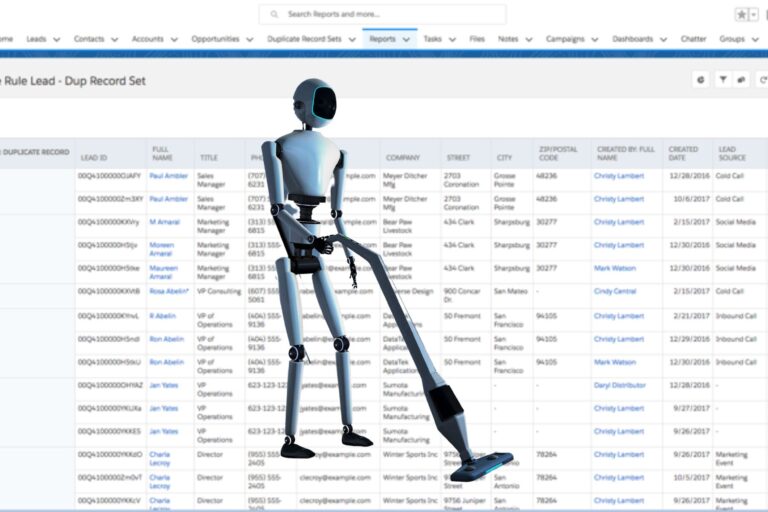B2B revenue teams spend enormous amounts of time, energy and resources generating the leads that fuel their growth strategies. However, once they’ve acquired those hard-fought leads, how effectively are they orchestrating the buyer journey?
That question was the premise of LeanData’s 2017 State of Lead Management study, which captured how businesses were conducting lead management, their successes, and their ongoing challenges.
Of course, so much has changed since then. The most relevant change to revenue teams has been the adoption of a decidedly digital-first buying journey by today’s B2B buyers.
With a new buyer’s journey in mind, LeanData partnered with Sales Hacker, Heinz Marketing and Outreach in late 2021 to determine what’s changed with lead management over the past five years. After compiling the data from over 1,700 responses from Sales, Marketing and Operations professionals, the 2022 State of Lead Management report sheds new light on both foundational strengths and recurring obstacles.
Download your copy of the entire 2022 State of Lead Management report today.
Top Takeaways from the 2022 State of Lead Management
In December of 2021, 1,732 Sales, Marketing and Operations professionals responded to a short survey. Below, please find some of the high-level findings that worked their way to the top.
1 – Sales pipeline continues to be a top priority.
Growth is dependent on revenue, and revenue is dependent on closing sales opportunities. Growing pipeline was rated as the top priority among respondents, with nearly 49 percent selecting it. Interesting, generating sufficient pipeline was, in turn, rated the #1 challenge, with 27 percent of respondents choosing it.
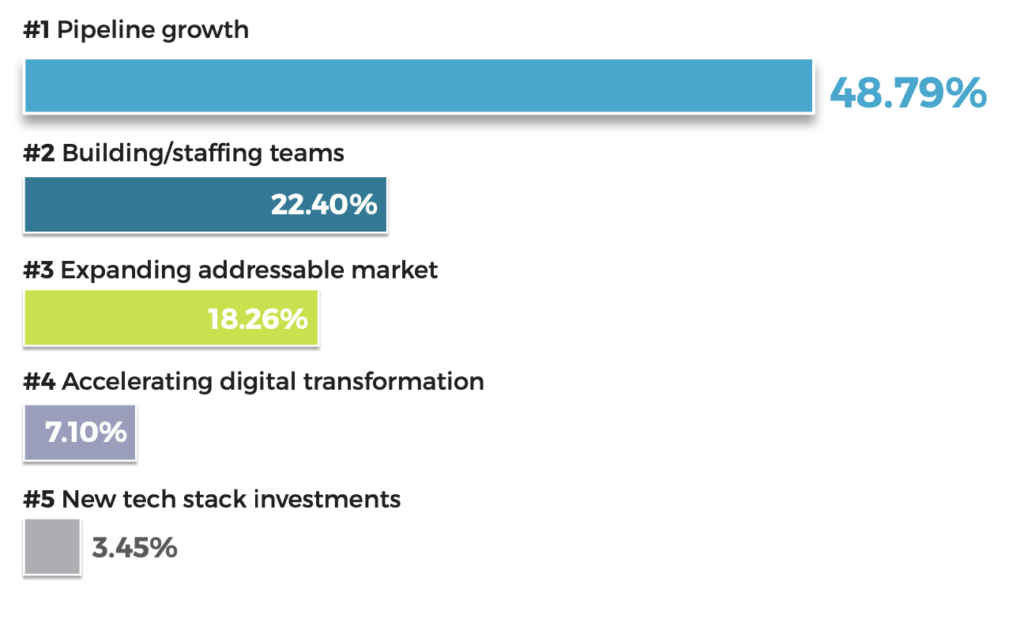
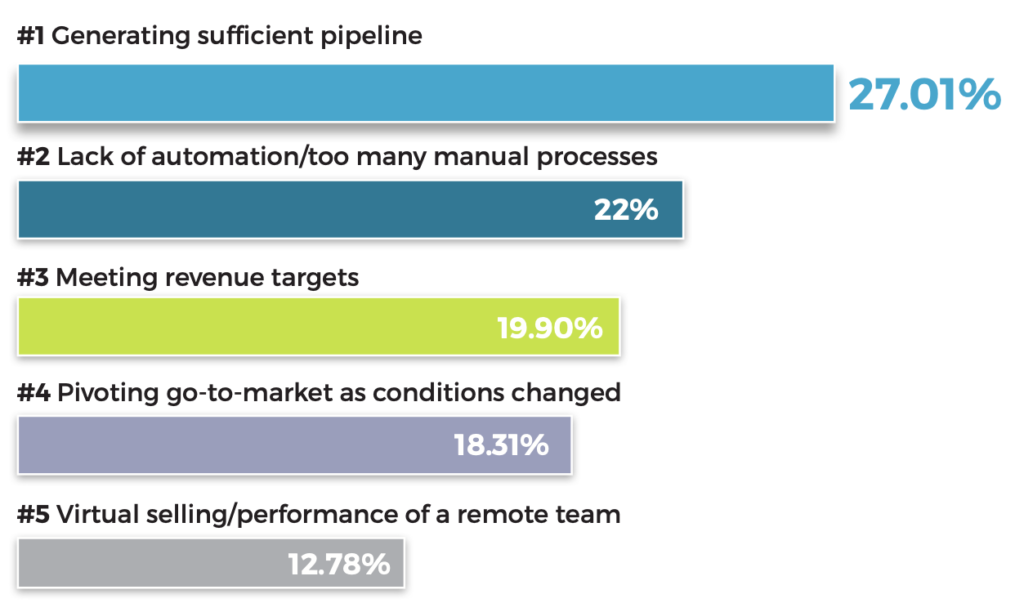
There’s no real surprise here, of course. Of note, though, is the changing conversation around leads, moving away from sheer lead volume and more toward improving the ability to increase lead effectiveness.
2 – Revenue growth continues to be a challenge.
Fifty-one percent of respondents stated that revenue growth was a challenge in 2021. Interestingly enough, this number was a sharp decrease from the 78 percent who felt that way in 2019. It is notable that nearly half of respondents – 46% – came from the software/technology sector, and many companies in that sector have experienced growth as digital transformation has gained traction throughout the pandemic.
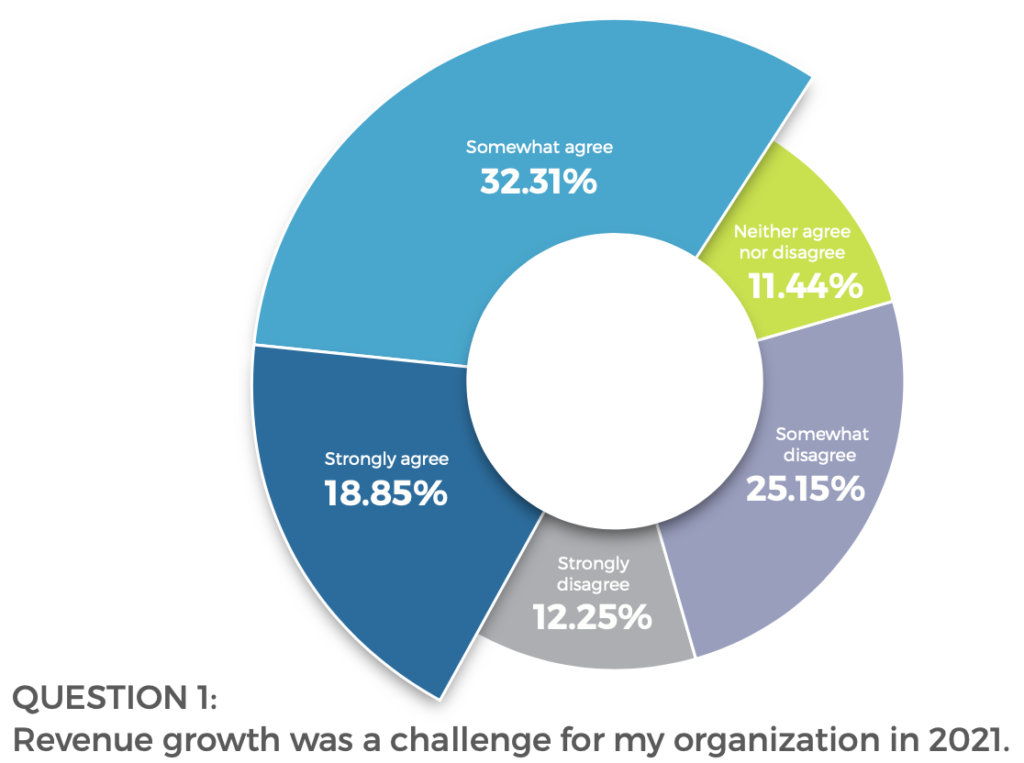
Revenue, of course, is a function of sales pipeline and conversion. We know sales pipeline is both a top priority and a top challenge. Not incidentally, so is conversion. Fewer than one-third have confidence in their revenue team’s ability to achieve conversion goals with their current lead management strategy.
Conversion is likely also a factor in the number two listed priority of respondents (image one, above), that of building/staffing teams, chosen by 22% as their top priority. Seasoned, experienced selling professionals convert at a higher percentage.
So, when it comes time to grow revenue, the tactical levers are to 1) increase the sales pipeline, in terms of quantity and/or quality, 2) increase conversion rates, or 3) some combination of the two. To increase conversion, build a better equipped team of sellers.
3 – Digital transformation has accelerated, but lead management remains heavily manual.
Believe it or not, the number 1 method for routing leads is … manual lead assignments. Over 30 percent of respondents manually route leads.
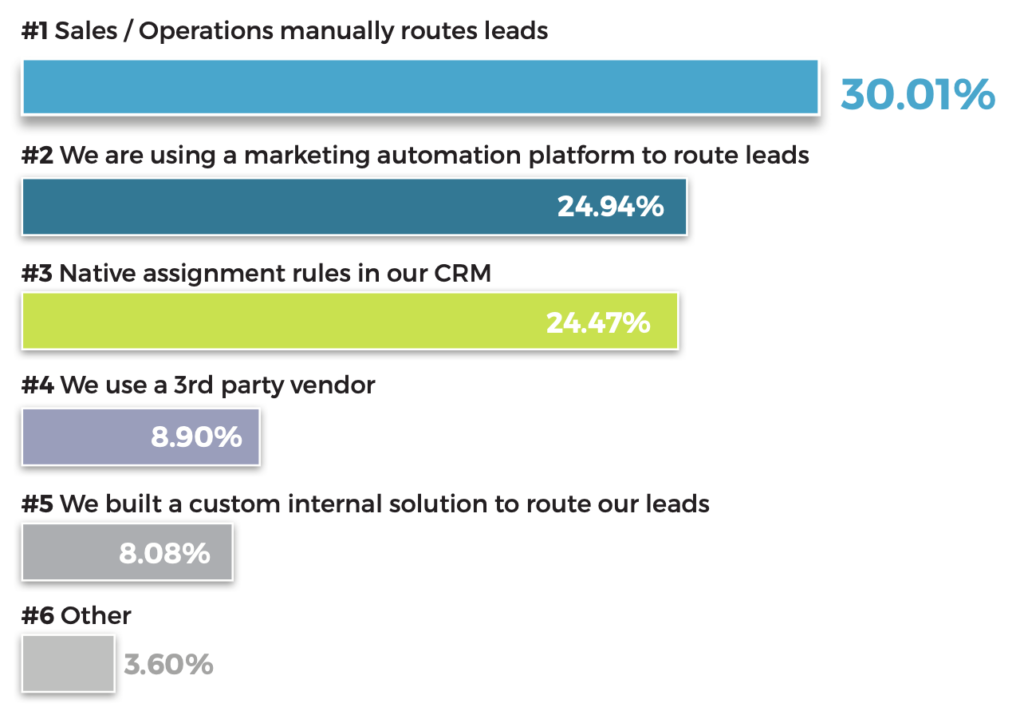
Manual lead routing is both labor intensive and error prone. So, it’s no wonder that over 67 percent of respondents reported leads get routed to the wrong representative for follow up.
Manually routing leads is also notoriously slow – after all, a person can only perform one task at a time. It’s rather counterintuitive then that 89 percent of respondents thought their lead response time for new leads was either average or quicker than average.
Do you know your lead response time and how it compares to others? For more about tech solutions to solve for lead response time, check out the Sales Stack Essentials to Increase Speed to Lead infographic.
Summary
 The 2022 State of Lead Management report affords you a wonderful opportunity to benchmark your revenue team against others. Determine where you fall in relation to both your peers and your competitors.
The 2022 State of Lead Management report affords you a wonderful opportunity to benchmark your revenue team against others. Determine where you fall in relation to both your peers and your competitors.
As with any source of data that provides answers to questions, the 2022 State of Lead Management also provides answers that prompt more questions. Download your copy of the report today, identify your growth strengths, and then identify the areas upon which you can continually improve.
Finally, develop corrective actions, test, learn and repeat!
Good luck growing in 2022!








